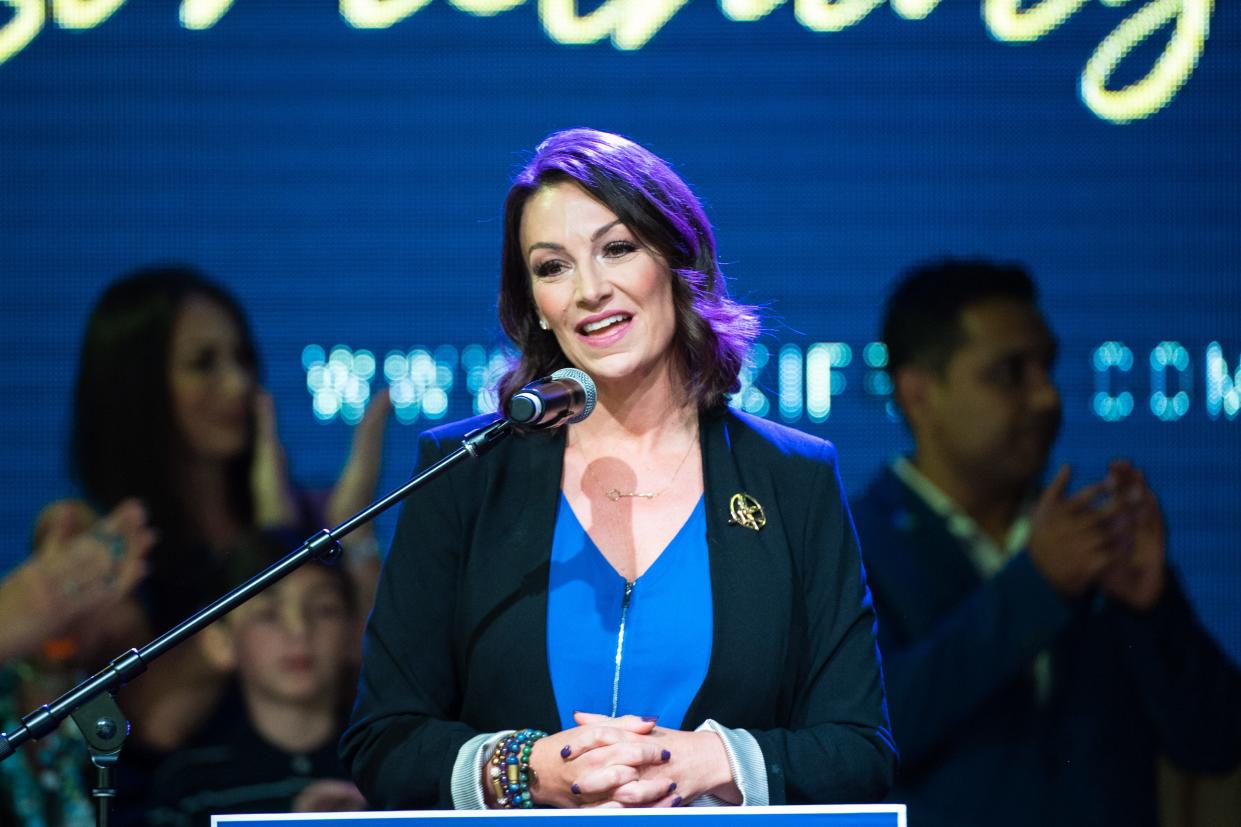Are Florida politics really getting redder? Data shows Democrats have an opening this election.

It’s popular to say Florida is “getting redder” but a longer view of the evidence shows that’s not the case. If anything, Florida is more purple than it was when I was a Florida State University student in the 1990s. And recent developments from storms, a stormy legislative session, judicial rulings on abortion, and special elections show the state is ripe for the Democrats to flip it to their column if they don’t abandon it.
Sure the Republicans dominated the 2022 mid-term elections at the top. But that’s no reason to automatically put the Sunshine State into Donald Trump’s win total just yet. As evidence will demonstrate, Florida has been trending more Democratic than it has in earlier decades.
I calculated the average popular vote tally for both political parties from 2000-2020, and from the 1976-1996 time frame, with six elections each. Sure the party totals from the 2016 and 2020 elections dipped a little but over the last 20 years, Democrats averaged a popular vote total of 48.77%. Republicans over the same time managed only a mean of 49.75%, with independents picking up less than a percentage point.
More on politics: Florida Democrats blame abortion 'nightmare' on Donald Trump; he blames Lindsey Graham
Now compare that time period of 2000-2020 to the earlier years, 1976-1996. Democrats were a full 10 percentage points behind the Republicans, 41.77% to 51.85% for the GOP. Only once (1976) did the Democrats even top the average Republican vote total.
For five straight elections, Republicans won the Sunshine State handily but it was pretty close in 1992. In 1996, Democrats correctly chose to pursue Florida and took the state by six points (48%-42%) when Bob Dole bragged about fighting against Medicare and Medicaid. When Dole’s campaign tried to indicate it was a long time ago, Democrats countered with the same ad, and a 1995 date.
Gen Z, don’t blow it. Fight for America's future and vote.
Democrats need a different issue, as Trump seems averse to attacking Medicare and Medicaid, or Social Security, unlike many others in the party. They can find it in abortion, where a recent judicial ruling on Governor Ron DeSantis’ bill is likely to galvanize liberals, especially since they can put it on the ballot.
A year ago, I was helping with the Hurricane Ian cleanup in Florida. There was still a lot of damage, even though it struck months earlier. Locals were struggling under the conditions. The decision of insurers to flee the state will make every Floridian sweat out hurricane season, metaphorically or literally, if homes are destroyed and power can’t be restored. Attempts by the Governor’s office to attack insurance companies don’t seem to have been a wise idea, or born fruit. Going after the root causes of the problem (climate change) or pursuing a financial solution seems to be an opportunity for Democrats, given the lack of GOP leadership on this.
Already, we’ve seen signs of a reversal of Democratic fortunes. New leadership from Nikki Fried and new candidates have already led to a stunning victory by a TV newscaster over a DeSantis ally in a Jacksonville Mayor’s race; that newscaster had been defeated handily in an earlier contest.
The only issue is whether Democrats are going to write off the state, the way many insurers seem to be doing, or whether they’ll make a play for the state’s Electoral College votes in 2024.

John A. Tures is a professor of political science at LaGrange College in LaGrange, Ga. His views are his own. He can be reached at jtures@lagrange.edu.
This article originally appeared on Palm Beach Post: Florida election could go to Democrats, not Republicans, data shows

